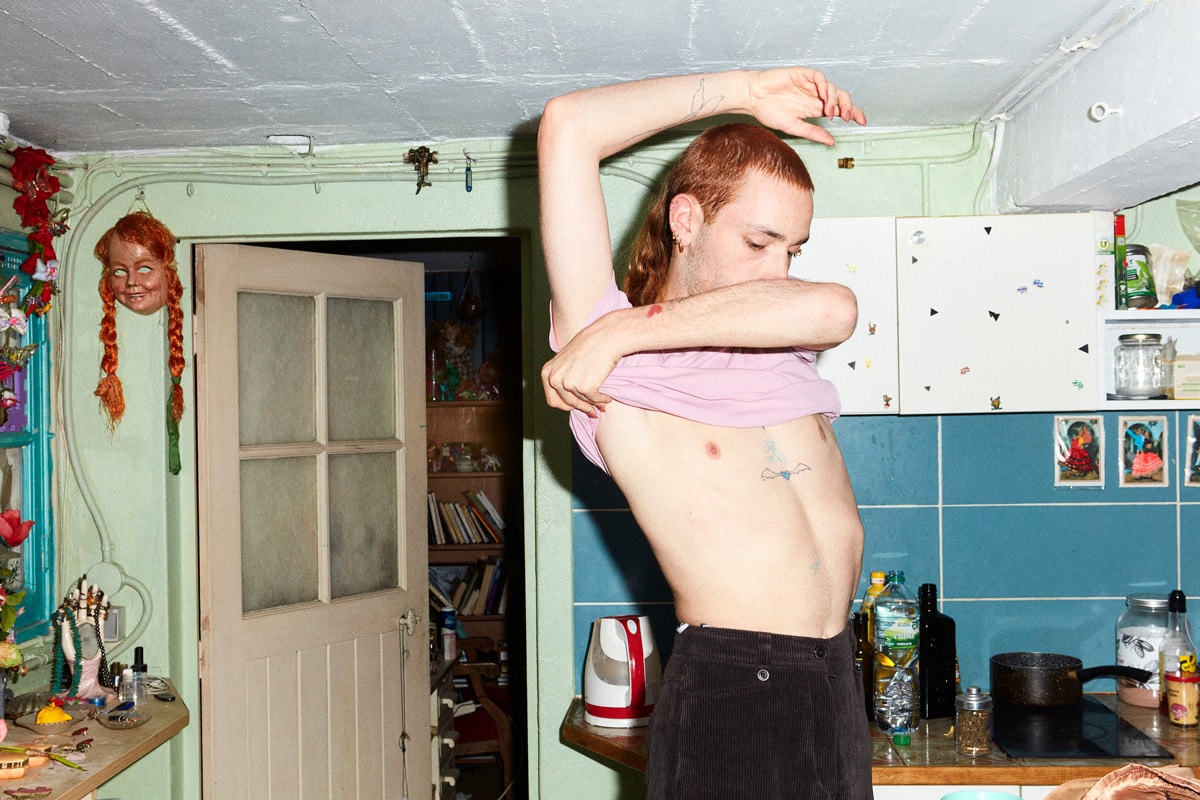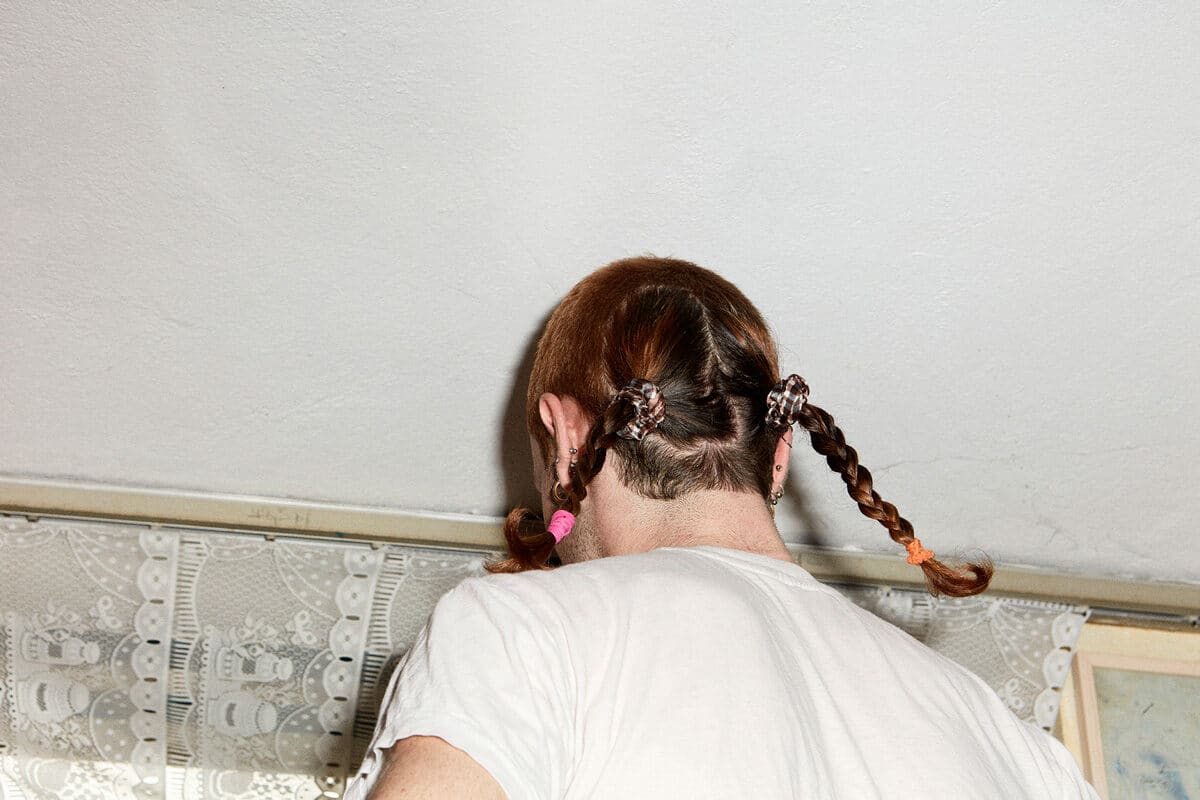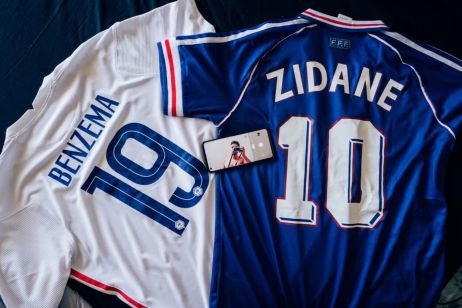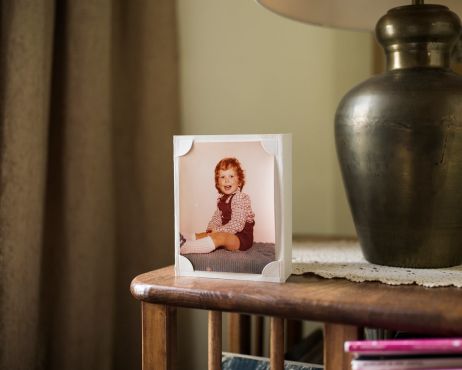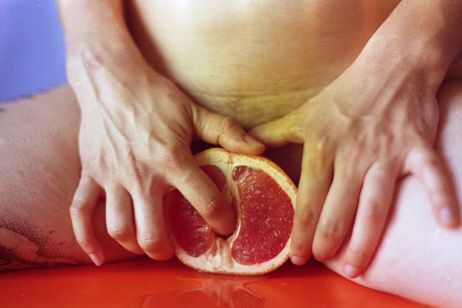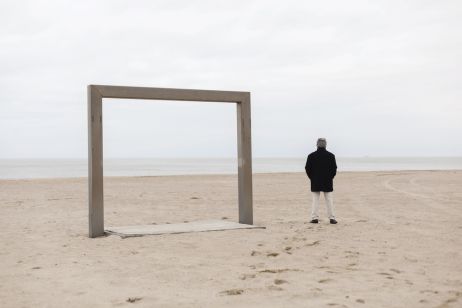In Every-day, French photographer Vincent Ferrané portrays seven transgender and non-binary people. Photographed in their intimacy as they prepare to go out, the models reveal their rituals and invite the viewer to question the notion of gender.
“Of the people photographed, we don’t know anything except their first names: Ava, Jackie, Leo, Mathieu, Matthias, Maty and Raya, because, for the majority of them, it is a name they have chosen. The rest can be understood through their gestures, bodies, beauty codes, choice of clothes, what they display on the walls, what they wear…”
Vincent Ferrané tells us. After having photographed his partner’s breastfeeding months, the interior of women artists’ studios or the French influencer Jeanne Damas, the artist has continued his quest for intimacy and went to meet young people who refuse to respect the conventions imposed by a normalised male/female system – an ancestral social structure, not suited to their ideals. Transgender or non-binary, the protagonists of his images reveal to the photographer their ways of preparing themselves, of presenting themselves to the world, with moving spontaneity.
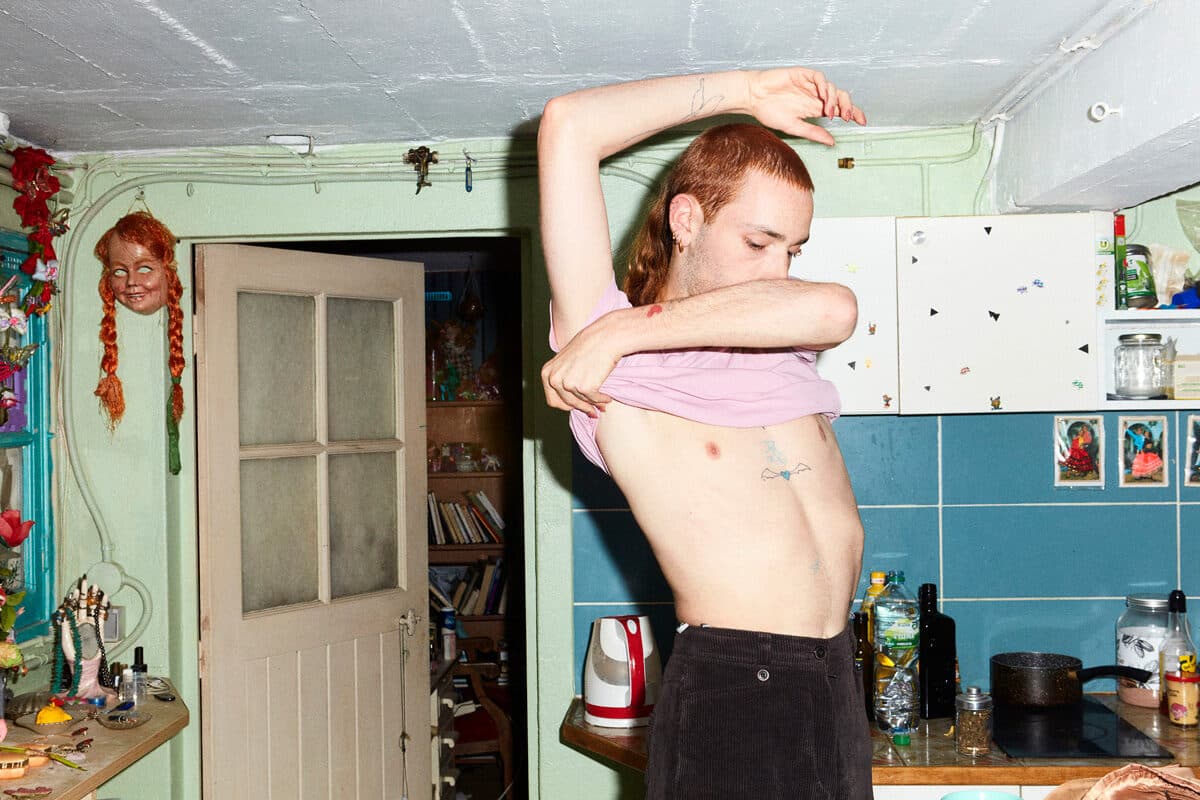
Replaying one’s own role
Inspired by Judith Butler’s essays Gender Trouble and Bodies that matter – in which the American philosopher and theorist questions the performative nature of gender – Vincent Ferrané attempts, in Every-day, to illustrate the tensions and limits of a dichotomous system, opposing the feminine and the masculine. “As a photographer, my work is in fact a form of representation of the world. I therefore composed from what people actually experience vividly: a moment of everyday life”, he explains.
He then came up with the idea of capturing the ritual: the choice of an outfit, the make-up, the face to face with the mirror when one is about to go out. A way of showing the fluidity of gender. “A simple but pivotal moment, both symbolic and physical”, he says. In the photographer’s images, the body is moving. It twirls, changes, reveals and hides itself, flirts with non-binarity and conventions. Dynamic, it becomes synonymous with both construction and destruction. “The photoshoots occurred outside of a posing or descriptive atmosphere”, Vincent Ferrané adds. The idea was to create this device that lets people replay their own role, their own ritual with their objects, their sets, their unique and personal way of doing things.” Contrasted – by the raw light of the flash and the vibrant colour palette – Every-day deliberately distances itself from a naturalistic reproduction of reality. With gentleness and empathy, the artist penetrates into vulnerable intimacy, and causes the common representations of such subjects to waver.
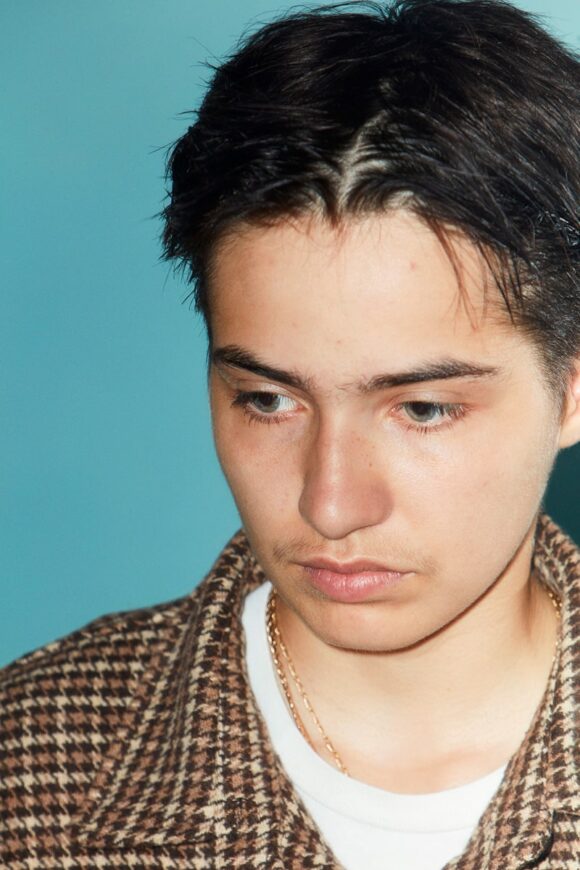
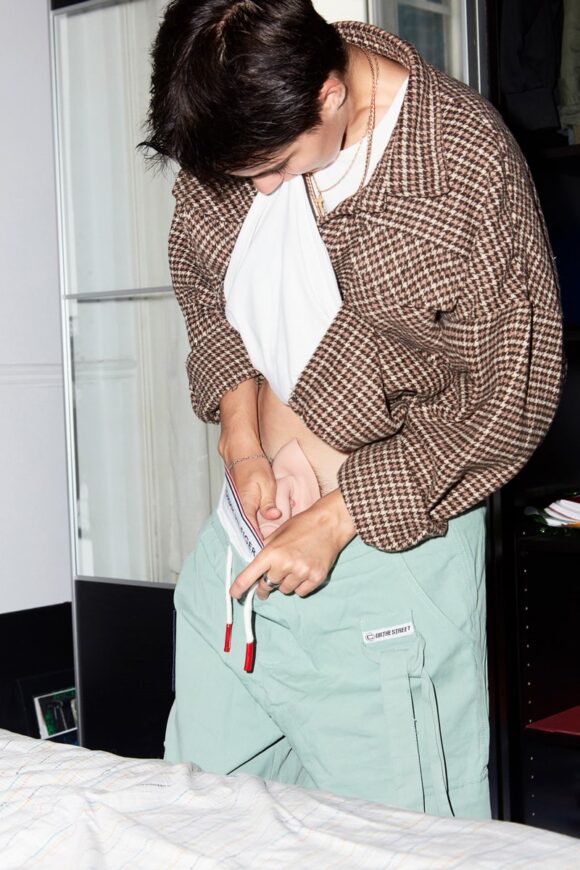
Getting rid of assignments
We find in the artist’s pictures a sensitivity close to that of Mark McKnight and Jess T. Dugan, whose visual creations influence him. A desire to present to the public the diversity and complexity of human beings. “We are always more than the sum of adjectives, even exhaustive, that could objectify our gender, our sexual orientation, our skin colour, our relationship with the divine, the geographical location of our birth… We are always composing with these different facets of our identity”, he states.
Just like his models, the photographer strives to offer an assertive look, capable of transcending minds and blossoming beyond the sphere of the LGBTQ+ community. By imposing a recognisable aesthetic, a personal writing style, Vincent Ferrané makes his own gaze visible in the image, and turns each Every-day snapshot into a dialogue between two individuals, between the voyeur and the seen. Represented in their own interiors, the models free themselves from the assignments and shortcuts imposed by society and assert themselves as their own person. Immersed in their ritual – a meticulous shave, a refined eyeliner, a flat torso, a pleated mini-skirt… – they proudly present the multiple representations of gender. A notion that demands to be nuanced.
Every-day, Libraryman Editions, 40€ (signed), 56 p.

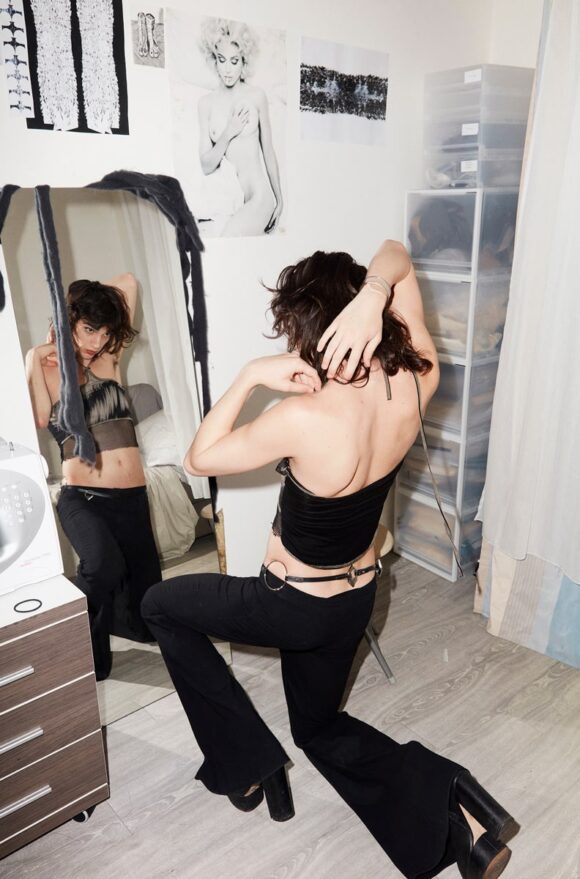
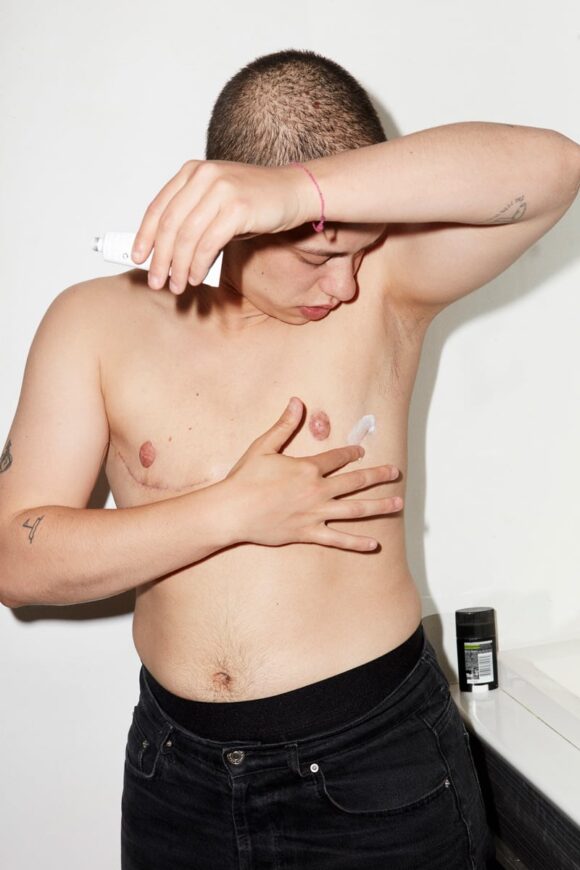
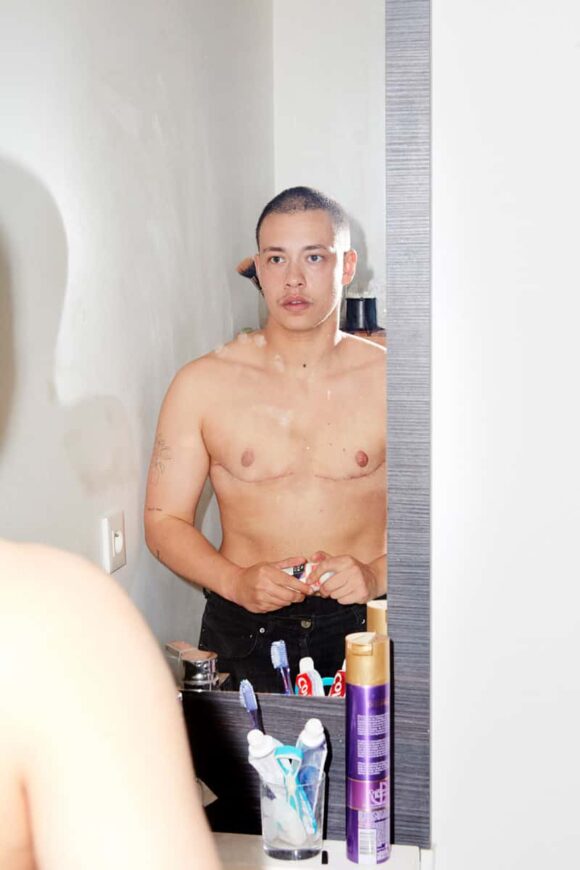
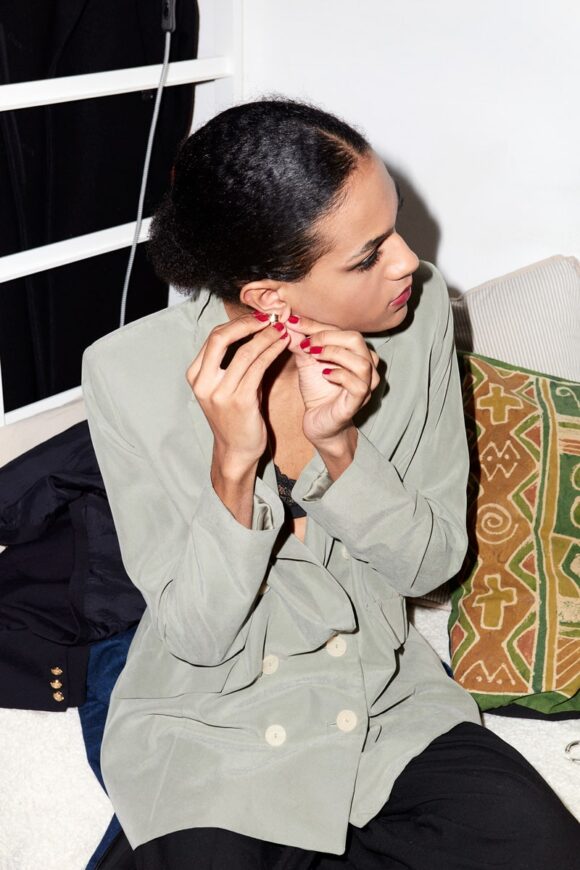
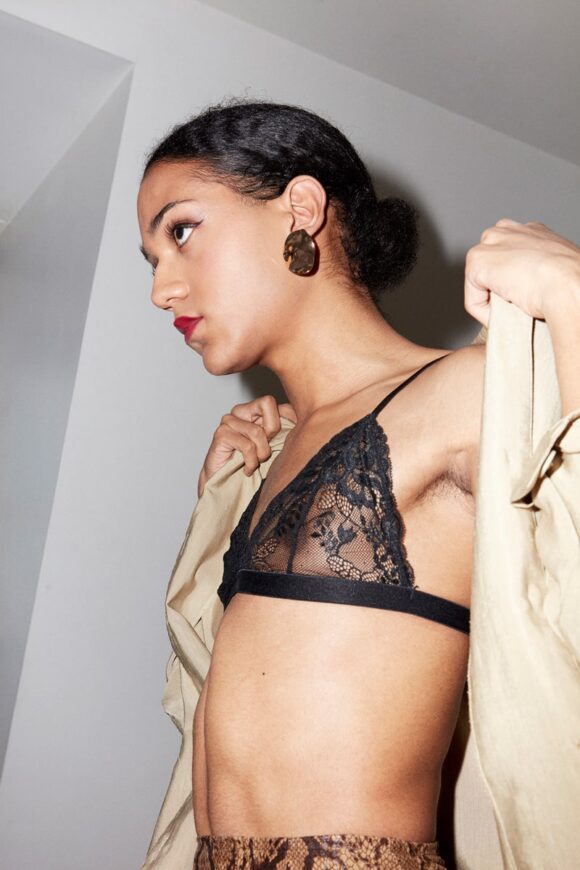

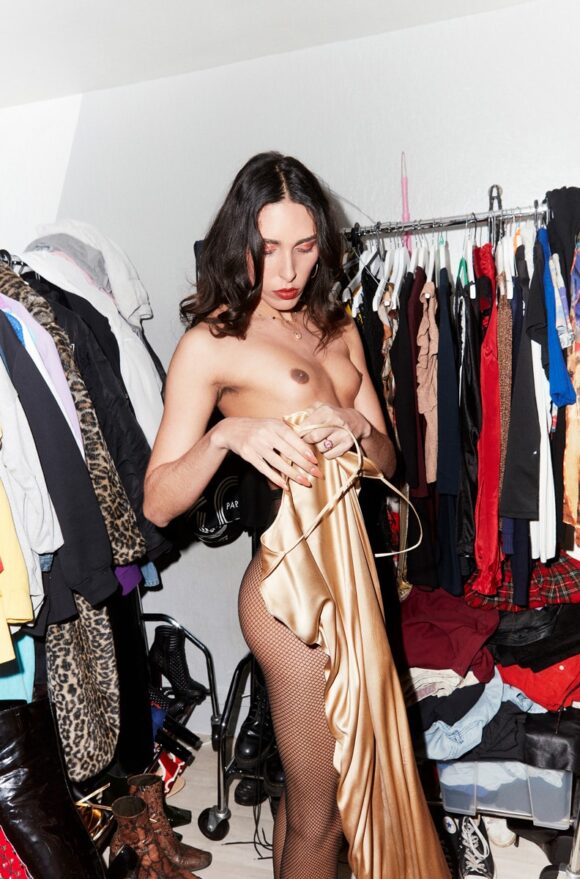
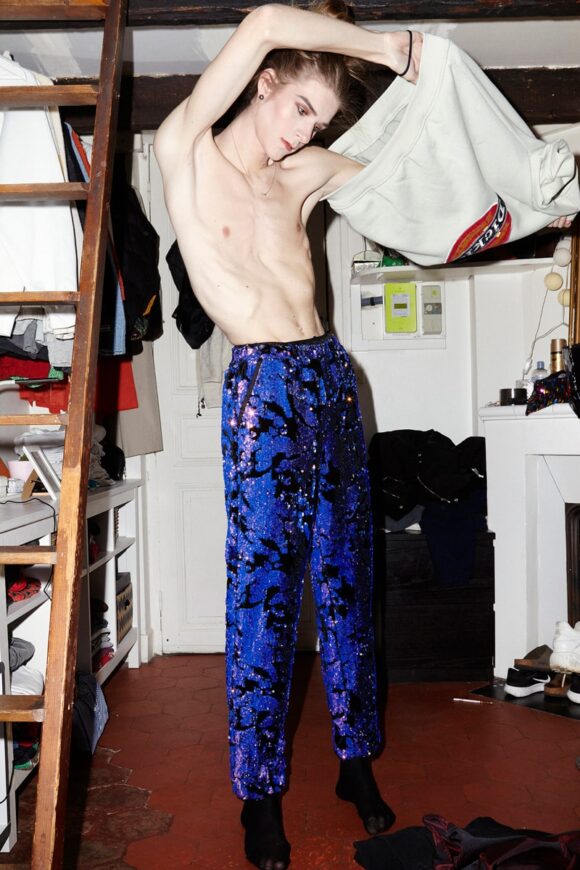

© Vincent Ferrané
